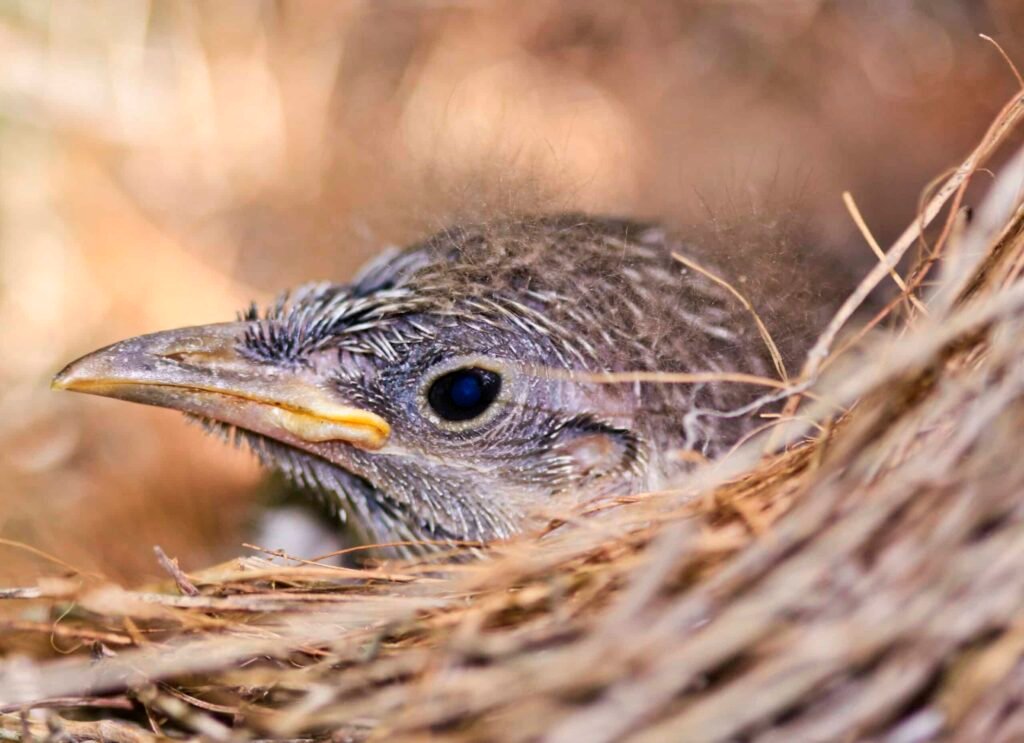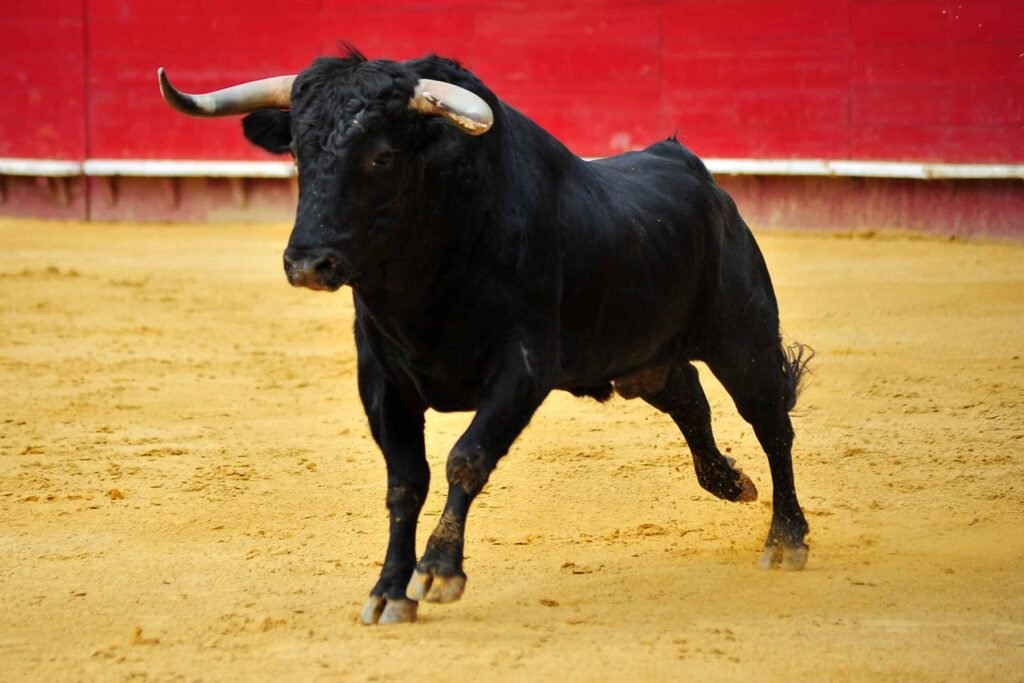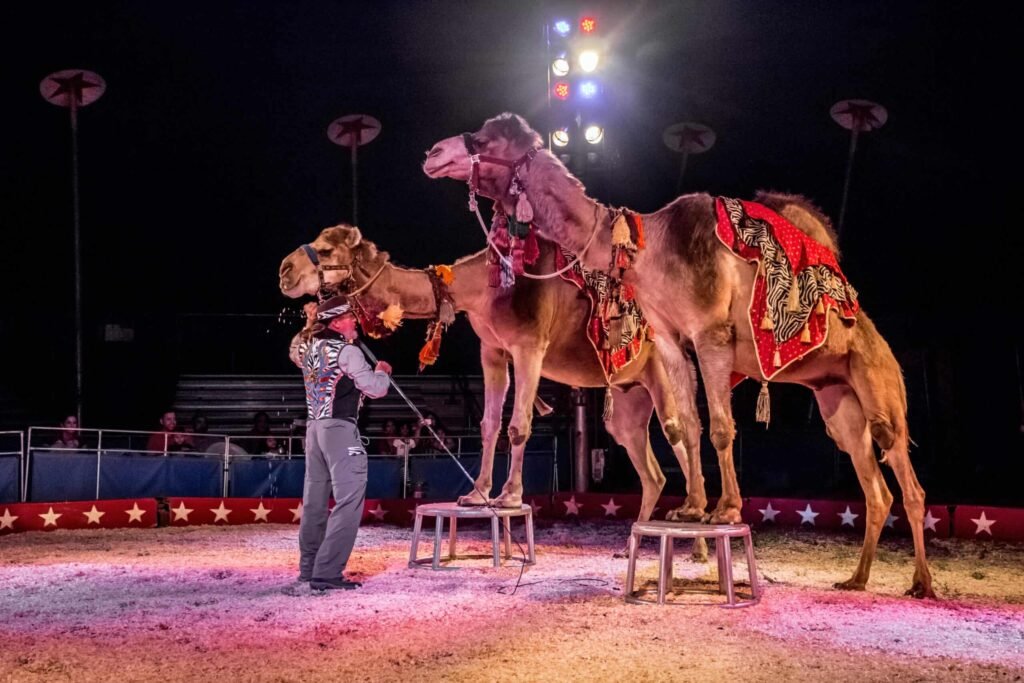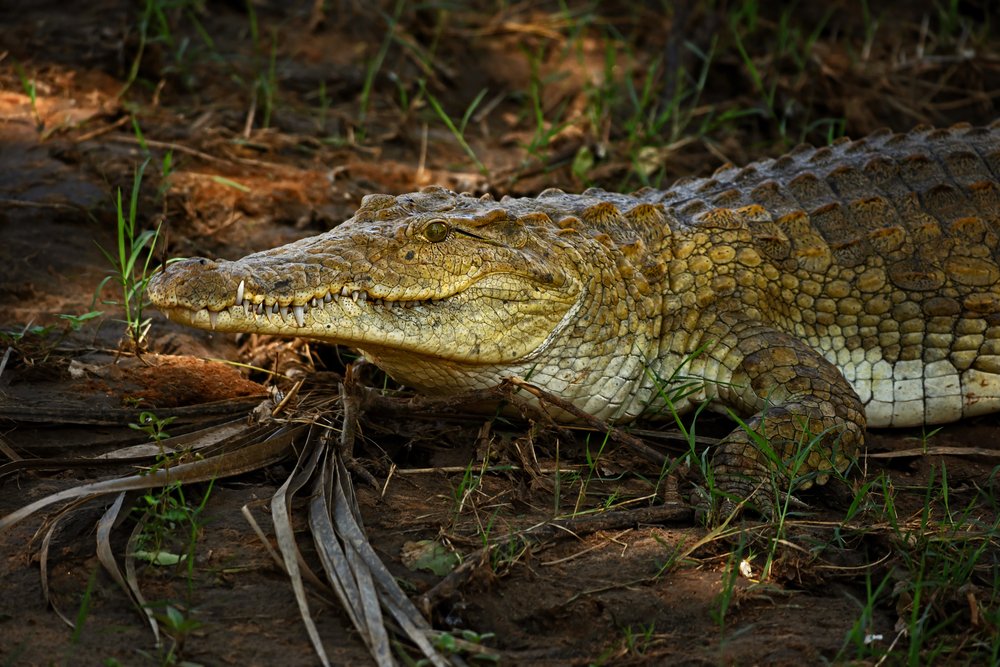Despite access to a vast amount of information, some animal myths refuse to die. These myths often shape our understanding of the animal kingdom in inaccurate and sometimes harmful ways. Today, we’ll unravel the truth behind ten common animal myths that many people still believe. By addressing these tales, we aim to illuminate the fascinating realities of animals and their behaviors. Let’s dive into these misconceptions and set the record straight!
Myth 1: Bats Are Blind

Contrary to the popular saying “blind as a bat,” bats are far from blind. Most species of bats have good eyesight, with some species even possessing better night vision than humans. Bats rely on echolocation for finding prey in the dark, emitting high-frequency sounds that bounce off objects and help them navigate. However, their vision is also a crucial sense, particularly for fruit bats that use their keen eyesight to locate ripe fruits.
Myth 2: Goldfish Have a Three-Second Memory

The myth that goldfish have a three-second memory could not be further from the truth. Scientific studies have shown that goldfish can remember information for up to five months. They are capable of being trained to respond to different cues and even recognize human faces. This ingrained myth undermines the fascinating cognitive abilities of these vibrant aquatic pets.
Myth 3: Ostriches Bury Their Heads in the Sand

Visualizing an ostrich sticking its head in the sand might be amusing, but it’s not factual. This behavior is a myth, likely stemming from observations of ostriches lowering their heads when tending to their nests or probing the ground for food. When threatened, ostriches prefer to run away at incredible speeds or lie flat on the ground to blend into the surroundings to evade predators.
Myth 4: Touching a Baby Bird Will Make Its Mother Reject It

This pervasive myth suggests that if a human touches a baby bird, the mother will abandon it. Fortunately, birds have a very limited sense of smell. Most birds rely primarily on visual and auditory cues to identify their chicks. Thus, touching a baby bird won’t lead to rejection by its parents. However, it’s still best to avoid handling wild animals unless necessary, as it can cause them distress.
Myth 5: Bulls Charge at the Color Red

The belief that bulls charge at the color red is a classic misconception, popularized by bullfighting. In truth, bulls are colorblind to the red spectrum. It is the movement of the matador’s cape and the threat they perceive that incites a bull to charge. Bulls react to motion and the perceived threat rather than the color itself, making them indifferent to what shade the cape may be.
Myth 6: Daddy Long Legs Are Highly Venomous

The legend of the deadly daddy long legs persists despite a lack of scientific evidence. Pholcid spiders, commonly referred to as daddy long legs, are not considered a threat to humans. Their venom is negligible and their fangs are not robust enough to penetrate human skin. This misunderstood creature is beneficial to have around as it preys on pests.
Myth 7: Dog Years Equivalent to Seven Human Years

The common conversion of dog years to human years as a 1:7 ratio is an oversimplification. The aging process in dogs varies by breed and size; smaller breeds tend to live longer than larger ones. Dogs mature rapidly in the first couple of years, and their aging rate begins to slow down compared to humans thereafter. A more nuanced understanding of a dog’s developmental stages is required to accurately estimate its comparative age in human years.
Myth 8: Sharks Are Ruthless Killing Machines

Sharks often get a bad reputation as mindless predators, thanks in part to sensationalized media portrayal. In reality, sharks play an important role in ocean ecosystems by maintaining the balance of marine populations. Most species pose little threat to humans, and shark attacks are exceedingly rare. These majestic creatures are more at risk from human activities than we are from them.
Myth 9: Camels Store Water in Their Humps

Camel humps are not water reservoirs; they are, in fact, filled with fatty tissue. This stored fat serves as an energy reserve that camels can metabolize when food and water are scarce, with water being a byproduct of this metabolic process. Remarkably adapted to arid climates, camels can survive long periods without water, but this is due to their ability to sustain water levels throughout their bodies.
Myth 10: Crocodiles and Alligators Are Relentless Predators

While it’s true that crocodiles and alligators are apex predators, they are not mindless killers. They play key roles in their ecosystems, with diets consisting mainly of fish, birds, and small mammals. Attacks on humans are rare and usually happen when humans encroach into their habitats. These reptiles are crucial to maintaining healthy aquatic environments.
In breaking down these myths, we get a clearer and more balanced view of the animal kingdom. Dispelling these misconceptions allows us to appreciate the true nature and invaluable roles animals play in our world. By fostering a more realistic understanding, we ensure better coexistence and stewardship of the planet’s diverse fauna.

Linnea is a born and bred Swede but spends as much time as possible in Cape Town, South Africa. This is mainly due to Cape Town’s extraordinary scenery, wildlife, and atmosphere (in other words, because Cape Town is heaven on earth.) That being said, Sweden’s majestic forests forever hold a special place in her heart. Linnea spends as much time as she can close to the ocean collecting sea shells or in the park admiring puppies.




